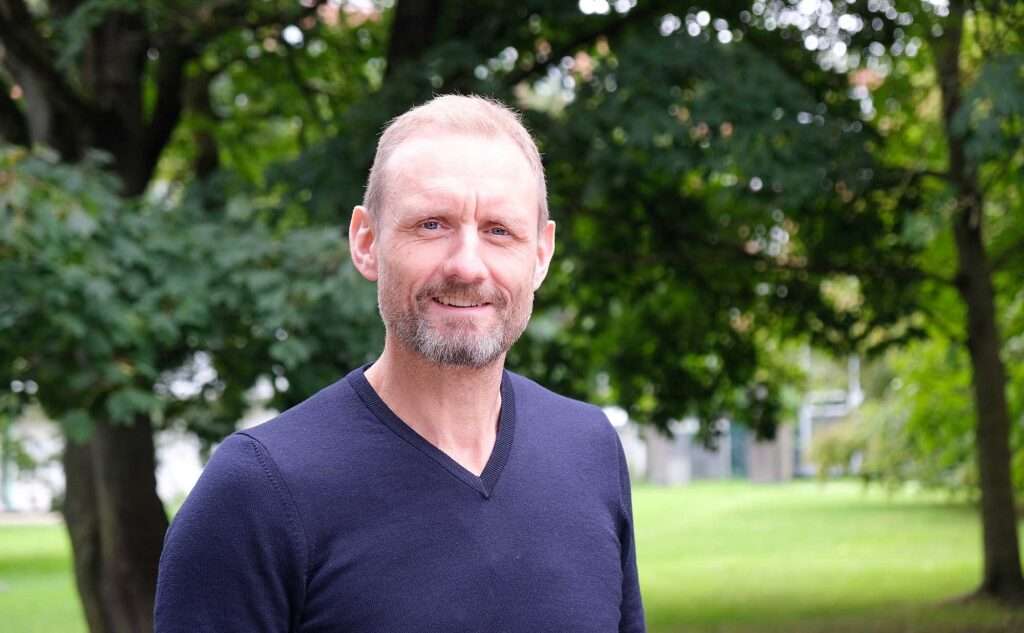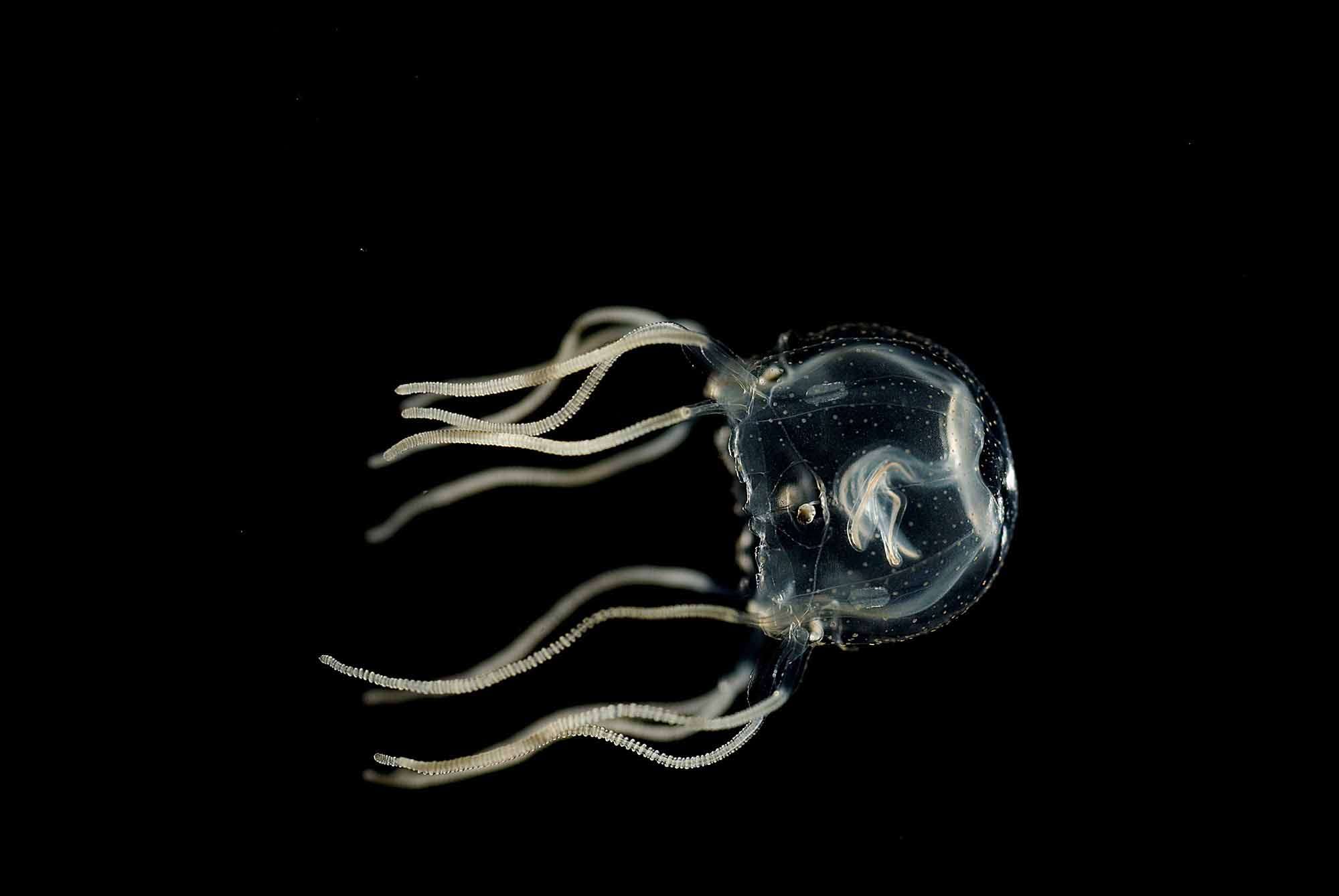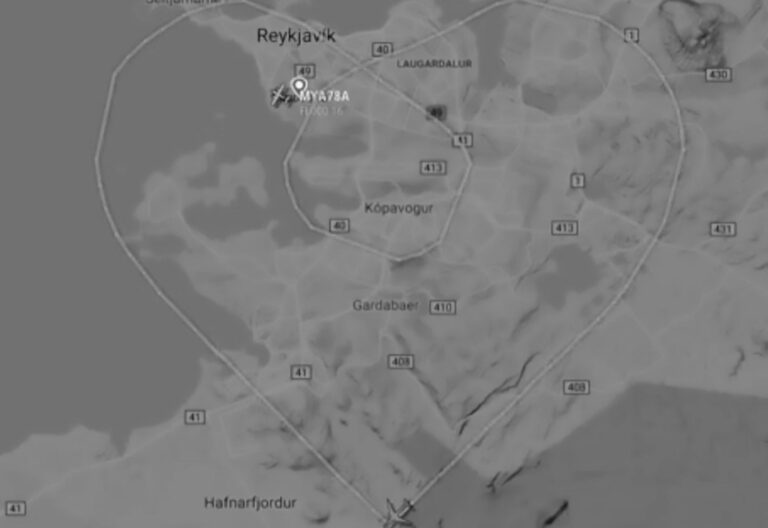A groundbreaking new study has revealed that jellyfish are cleverer than biologists have ever thought, even though they do not have a brain.
The experiment has revealed that despite having no brain and just a 1,000 nerve cells, tiny Caribbean box jellyfish can learn how to avoid obstacles to kill their prey.
The jellyfish (Tripedalia cystophora) is no bigger than a fingernail but can apparently XXX almost as well as humans, mice and flies. the study states.
Although they’ve been around for more than 500 million years, scientists have written them off as too simple to evolve.
But now it has emerged that the species has been using its complex eye system to adapt to its conditions
The jellyfish’s visual system, made up of 24 eyes, allows it to steer through the tangled tree roots of murky Caribbean mangrove swamps to hunt water fleas.
The findings by researchers from the University of Kiel, Germany, and the University of Copenhagen, Denmark, sheds light on the evolutionary roots of learning.
It shows, says the study, that memories and how they are used are much older than previously believed.
Dr Jan Bielecki from the Kiel University’s Institute of Physiology claimed this ability is likely one of the most important evolutionary advantages of creatures with nervous systems from the earliest days of animal life.
Bielecki said in a statement obtained by Newsflash: “If these animals are already able to learn, it could be a fundamental ability of nerve cells or neuronal networks.
“This indicates that it has existed since the beginning of evolution and therefore earlier than previously assumed in research.”

Bielecki hopes that in future this simple ability to learn could be adapted to robotics to produce learning robots that could adapt their programming.
He said : “This is a higher form of learning than you would expect from such a creature.
“If already these animals are able to learn, it could be a basic ability of neurons or neural networks.
“This suggests that it has existed since the beginning of evolution and thus earlier than previously assumed in research.”
In the lab, researchers stimulated the animals’ natural habitat in a water tank with grey and white stripes on the inside wall.
The grey stripes represented the mangrove roots the jellyfish avoid, while the white ones portrayed the water environment.
The team reportedly varied the contrasts during the experiment, as box jellyfish use colour contrasts to perceive spatial distances.
Professor of Marine Biology at the University of Copenhagen Anders Garm explained that at the beginning of the trial, jellyfish often hit the simulated roots.
But just minutes later, they were only bumping into them half as often, after they increased their average distance from the wall by around 50 percent.
Garm explained: “These results suggest that jellyfish can learn by combining visual and mechanical stimulus experiences.”

Bielecki added: “We were really surprised by how fast these jellyfish learned.
“Learning means combining something new with something familiar. This makes learning a very individual process.
“If you want to understand complex structures like the nervous system, it helps to first study structures that are as simple as possible. That way it’s often easier to understand the connections and then transfer them.”
Bielecki and his team at the Collaborative Research Centre (CRC) 1461 ‘Neuroelectronics’ will now study how to transfer biological principles into real-life technical systems.
CRC spokesperson Professor Hermann Kohlstedt from Kiel University said: “The fact that the cube jellyfish can recognise patterns with so few nerve cells makes it an ideal model organism for our research.”
Kohlstedt added that the team’s aim is to develop hardware such as electronic circuits that could be used for pattern recognition.

He said: “Up to now, this has been done using computer software, which consumes a lot of energy. But we know from nature and evolution that there are much more energy-efficient ways of processing information.”
The study was published in the peer-reviewed scientific journal ‘Current Biology’ on Friday, 22nd September.
To find out more about the author, editor or agency that supplied this story – please click below.
Story By: Georgina Jadikovska, Sub-Editor: Michael Leidig, Agency: Newsflash
The Ananova page is created by and dedicated to professional, independent freelance journalists. It is a place for us to showcase our work. When our news is sold to our media partners, we will include the link here.




